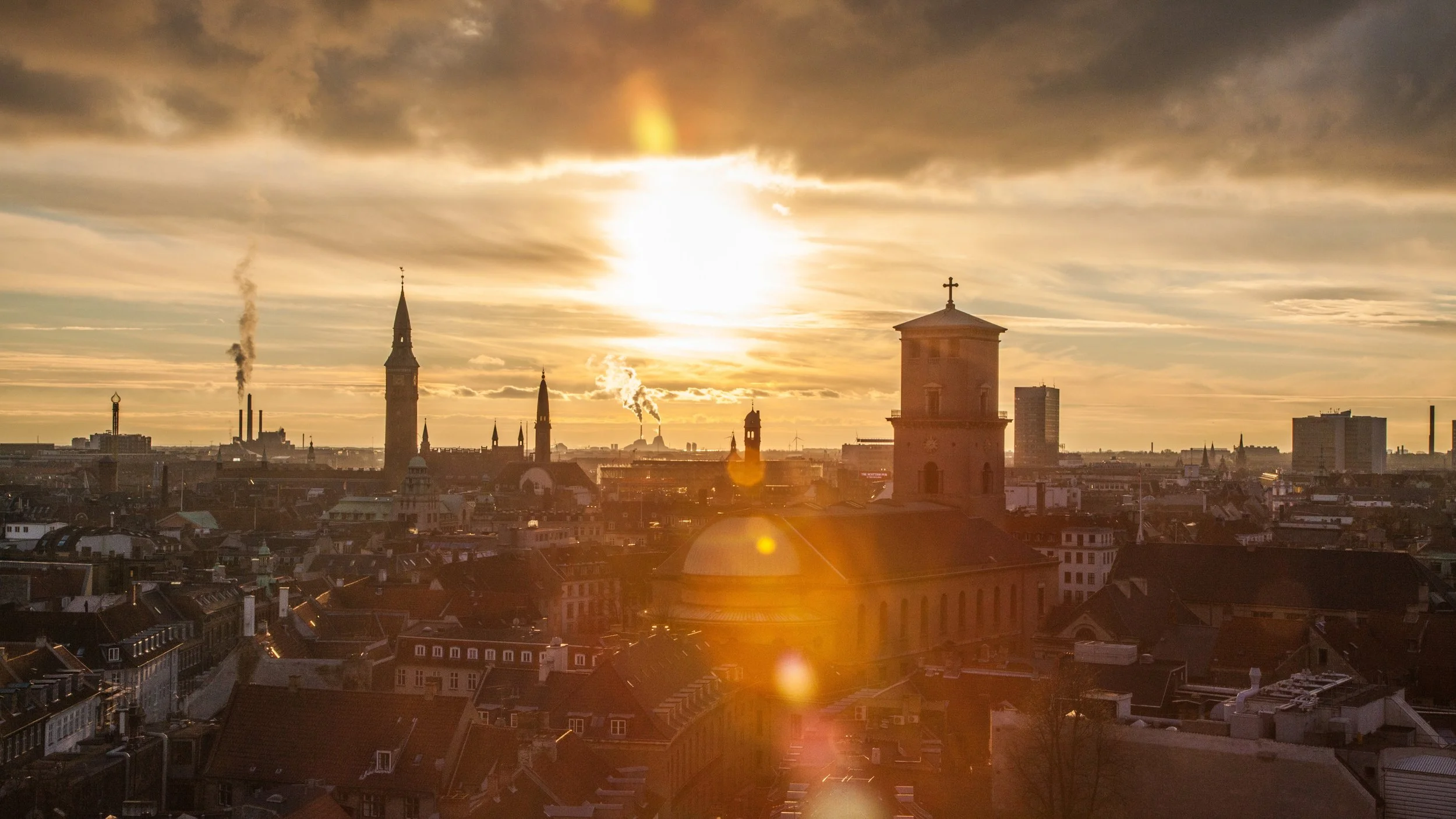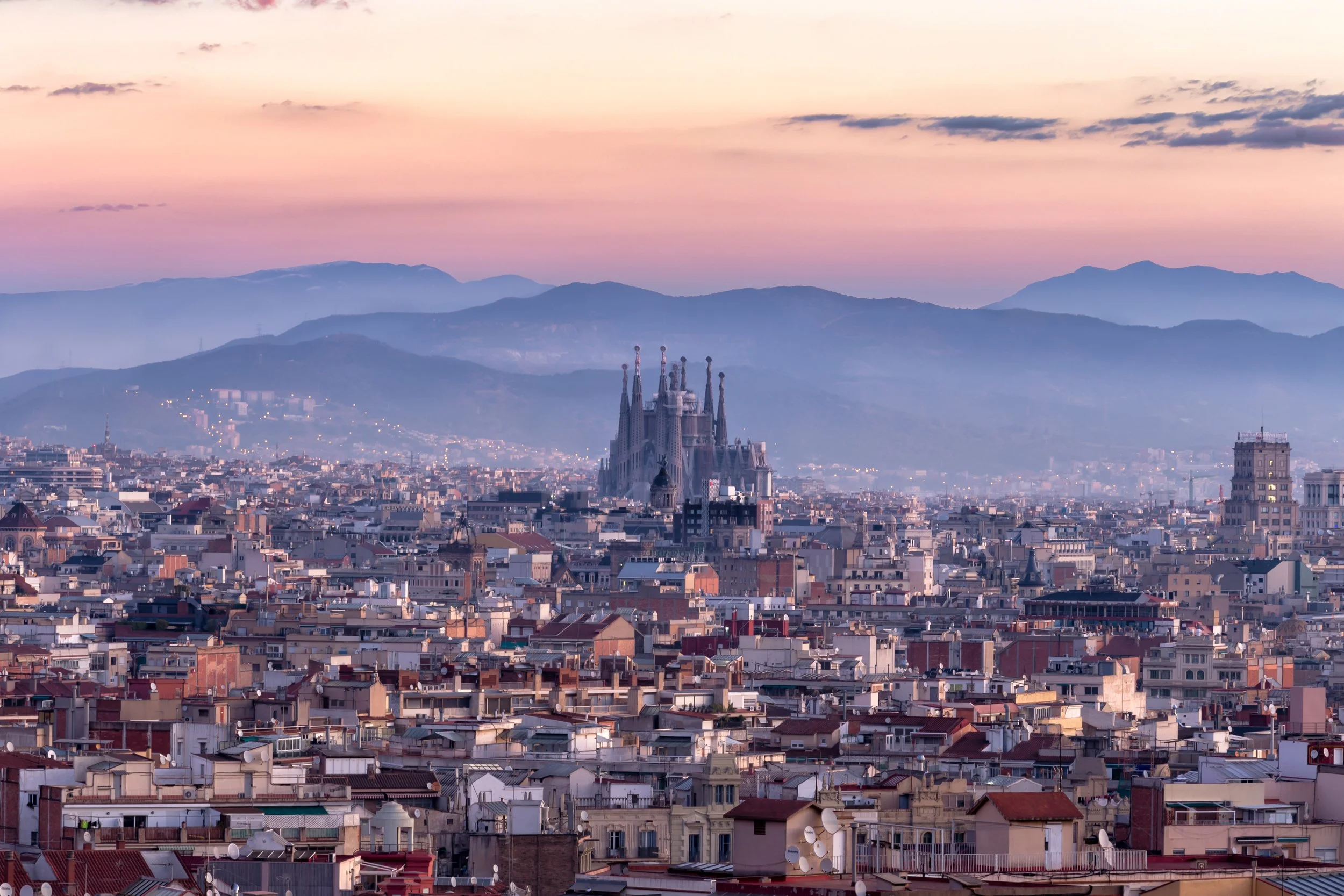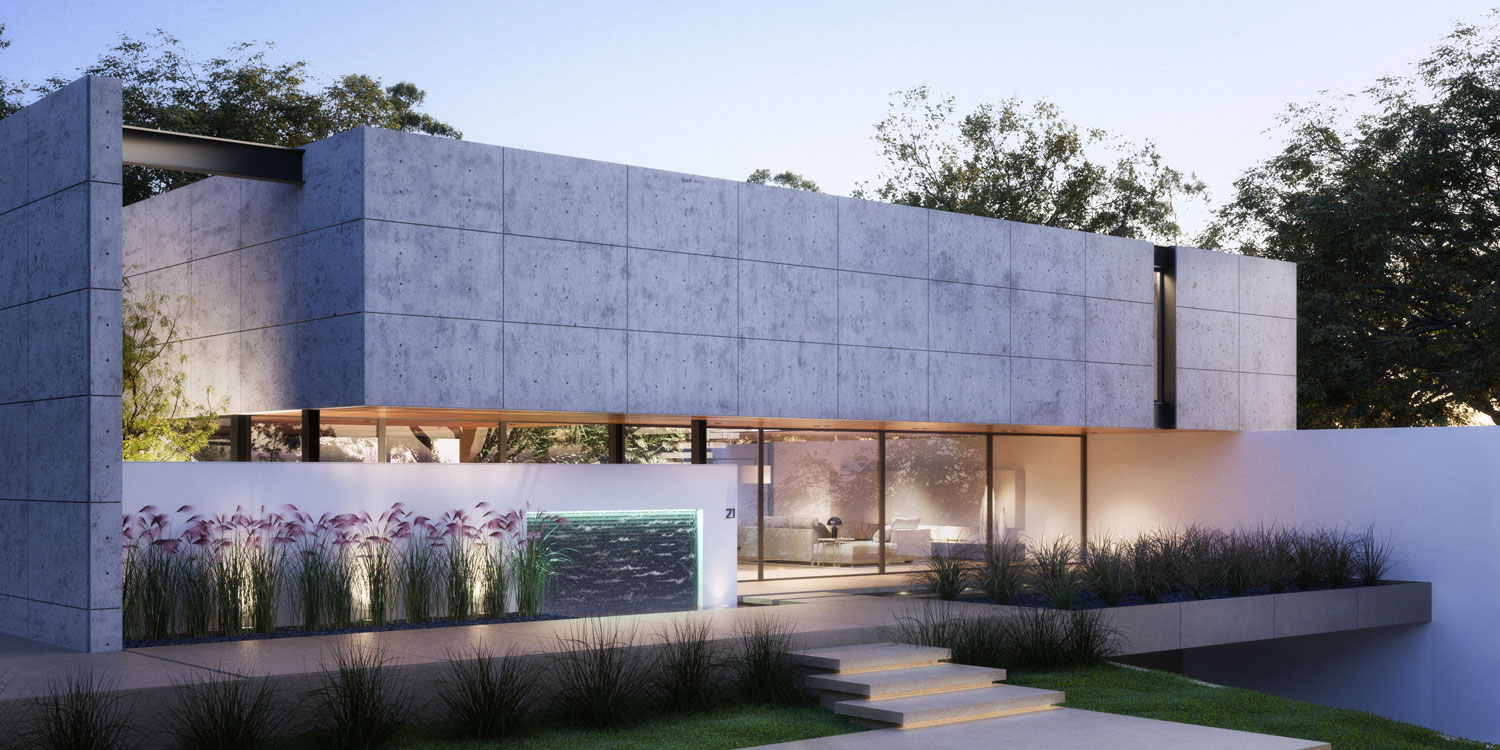Join Mitchell Rocheleau, Principal Architect of ROST Architects, as he travels to Amsterdam Noord, Netherlands to explore the thriving community that has been created here, collective housing developments, and the emerging experimental architecture throughout the city. He discusses with Jelte Van Koperen, from CityLoop, the latest urban developments emerging, innovative experimental architecture and the community that has formed in Amsterdam Noord. They explore the area once known for its shipping industry, which now houses the NDSM Cultural Center and analyze the deep history that is present in the area. With the spirit of optimism, the willingness to experiment, to create something with the conditions that they had at hand - the Dutch were able to create environments that promote authentic expression.
Read MoreMitchell Rocheleau, Principal Architect of ROST Architects, meets with Charlie Duff, author of "The North Atlantic Cities" and developer and planner in the city of Baltimore, Maryland. They discuss Dutch history, from the communal efforts of seafaring and building canals, to creating robust cities in the "Golden Age". Through historical influence, they analyze how the Row House became a footprint for a healthy city, as well as the similarities between cities like London and Amsterdam and such as Boston and New York, in the United States. By analyzing the reasons cities were first created, we can better understand how to create cities and places for our future generations.
Read MoreJoin Mitchell Rocheleau, Principal Architect of ROST Architects, as he travels to Amsterdam, Netherlands to explore the city's urban environment and natural green spaces. He discusses with Esther Kreikamp, Architecture Historian from CityLoop, the way urban environments filled with more vegetation promote greater wellbeing and mental health in people. They tour the city, diving into the architectural details of the canals, as well as the new developments that are being implemented which help people thrive and live more authentic lives.
Read MoreWhat if our cities were designed to heal? How can we design cities that offer places of wellness and connectivity?
Mitchell Rocheleau, Principal Architect of ROST Architects travels to Amsterdam to explore how Restorative Urbanism, an approach that analyzes how urban design can support mental health, has the power to foster change in our cities and our interconnected lives. He touches on psychosocial health, the importance of walkable cities, our sensory perceptions in urban environments, as well as his personal experiences in cities.
Read MoreThe city of Copenhagen embodies a distinct vision of urban life, and its inhabitants seem to thrive in this environment. It became clear after visiting the city that a high degree of thought and care had gone into its design, and there was a commitment to offer its people a high-quality lifestyle. I began searching for the formula for its success. Copenhagen seems to know something about how to live together and what life should look like in an urban environment that we may be overlooking in the U.S.
Read MoreMitchell Rocheleau of ROST Architects dives into the fascinating story of Central Park's creation, from its inception as a public space for all New Yorkers to its role as a restorative haven and symbol of democratic ideals. Why is Central Park important for our generation to understand? Through collective self-awareness and community intention Central Park's design created an enduring legacy as a place for recreation, social interaction, and civic engagement. Through reconnection with the natural world and exposure to nature in an individual's life, New York was able to make a cultural statement for restorative public space within a city.
Read MoreThe High Line in New York City is an iconic example of urban revitalization, transforming an abandoned industrial rail line into a vibrant, landscaped public park. The High Line story is one of evolution, from its origins as a bustling freight rail line to its decline and eventual rebirth as a symbol of innovative landscape, urban design.
Read MoreMost of what makes Amsterdam attractive to travelers can be attributed to the Dutch society of the 17th century, which we call the Dutch Golden Age. It was the age of artists like Rembrandt and Vermeer. This society transformed a swampy bog into one of the world's most beloved and charming cities. The artists of the Dutch Golden Age painted unapologetically realistic scenes of everyday life in their cities. Many of these scenes portray people in their homes and towns, performing daily life's unspectacular, mundane tasks together.
Read MoreArchitect Mitchell Rocheleau discusses the importance behind Architecture History. Architecture can provide glimpses into human history, allowing us to understand the evolution and development of the human species. Learn the stories Architecture History tells us, from prehistoric structures to contemporary architecture, we can see what was important to humans at the time.
Read MoreArchitect Mitchell Rocheleau was invited by Josh Cooperman to speak on Convo by Design, a podcast that was created by Josh to “share stories behind design and amplify ideas that make better the way we live, work & play.” The conversation centered around ROST Architects intentions and approach to creating designs for the human experience. Listen to the episode or read the conversation to hear the ideas shared and explored during this thought-provoking conversation.
Read MorePrincipal and Architect of ROST Architects, Mitchell Rocheleau, meets with Thomas Barrie, architect and professor of architecture at North Carolina State University, whose scholarship focuses on architecture's symbolism, ritual use, and cultural significance
Read MoreNotre Dame Cathedral had the power to embed itself into more than just the cityscape. It made its way into the hearts of the people of Paris. When the Cathedral was engulfed in flames on April 15th, 2019, we were reminded that the architecture around us impacts our lives beyond functionality. Principal and Architect of ROST Architects, Mitchell Rocheleau, discusses the history, architecture, and the architectural power of Notre Dame Cathedral.
Read MorePrincipal and Architect of ROST Architects, Mitchell Rocheleau, discusses the significance of The Grand Louvre designed by Architect I.M. Pei, the history of the Louvre, design process, design theory and ideas behind the project.
Read MorePrincipal and Architect of ROST Architects, Mitchell Rocheleau, discusses the importance of The Farnsworth House designed by Architect, Mies van der Rohe and its role in modern architecture, challenging the conventions of the time.
Read MorePrincipal and Architect of ROST Architects, Mitchell Rocheleau, discusses how Louis Kahn developed his architectural philosophy and how this is reflected in his existing designs.
Read MorePrincipal and Architect of ROST Architects, Mitchell Rocheleau, discusses how ROST Architects' design philosophy incorporates the existing landscape and environment of a property into its residential designs, allowing nature to lead the way and providing inhabitants the experience of a reconnection and grounding with the nature that surrounds them.
Read MoreIdentifying how a society's collective psychology is reflected in our current built environment, Principal and Architect of ROST Architects, Mitchell Rocheleau, discusses how we can begin to create an environment that is more conducive to an authentic human experience.
Read MoreReflecting on what a city's layout and its most prominent buildings portray, Principal and Architect of ROST Architects, Mitchell Rocheleau, discusses what impact he believes this has on the values emphasized by a city and how this affects the human experience.
Read MoreInfluenced by travel in European cities, life in North American cities, and authors such as Jane Jacobs, and Danish architect, Jan Gehl, Principal and Architect of ROST Architects, Mitchell Rocheleau, discusses what he believes are characteristics of captivating cities.
Read MoreUnderstanding a culture’s collective psychology/values and deciphering how those ideas manifest in their built environment can help inform how we build cities for the future. Despite the importance of such studies, it is rare to stumble upon someone who writes about the intersection of psychology and the built environment, especially one who expresses ideas clearly and accessibly.
Read More




















